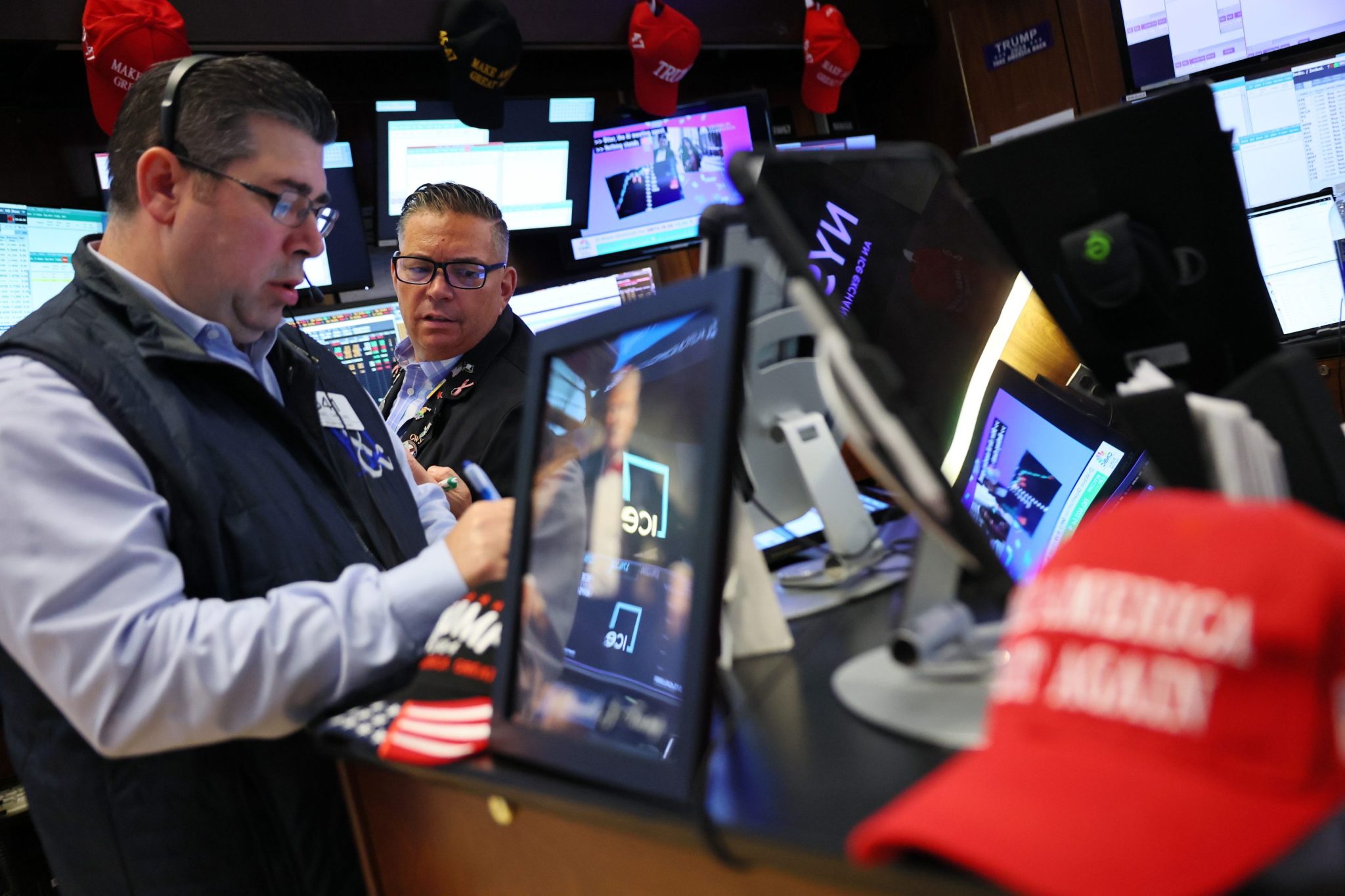
First, the flames came storming across the vistas of the Texas Panhandle, burning through the grassy plains and scrub land of the region’s cattle ranches.
By Friday, ranchers faced a grim task: Search miles of scorched earth to dispose of the burned corpses of cattle. Others too badly burned and injured in this week’s historic wildfires to survive will be euthanized.
“We’re picking up deads today,” X-Cross-X Ranch operator Chance Bowers said as ranch hands used a bulldozer to move dozens of blackened carcasses into a line on the side of a dirt road. From there, a giant claw hook put them into the back of open trailer.
These cattle were found near a fence line that cut through a vast expanse of charred scrub brush and ash left in every direction after the flames whipped through. They will be sent to a rendering plant rather than buried.
Ranchers and state officials do not yet know the overall number of cattle killed in wildfires that have burned 1,950 square miles (5,050 square kilometers), briefly shut down a nuclear power plant, charred hundreds of homes and other structures, and left two people dead. For some ranches, the impact could be severe, though the effect on consumer beef prices is likely to be minimal.
“These cows you see dead are worth between $2,500 and $3,000 apiece,” Bowers said. “Financially, it’s a massive, massive burden on us.”
Texas is the nation’s top cattle producer. Agriculture Commissioner Sid Miller has said the number of dead “range” cattle is likely in the thousands. Although the Panhandle has more than 85% of the state’s herd, most are in feedlots and dairies that were not damaged.
The cause of the fires remains under investigation, although strong winds, dry grass and unseasonably warm weather fed them.
Bowers said the X-Cross-X ranch expects to lose at least 250 of the 1,000 cattle it had on three area ranches, either from burns or smoke inhalation.
“We were right in the middle of calving season,” Bowers said. “In a few weeks, we’ll really know what we lost. … This pasture alone, there’s 70 dead.”
The number of cattle in the region fluctuates as ranchers rent pasture for their herds. Plentiful rainfall in recent months meant a lot of grass, leading ranchers to send herds to the area, said Ron Gill, professor and livestock specialist at a Texas A&M University.
Losing all that grass to the flames, and the burning of barns and fences, will also hurt ranchers and surviving cattle, said Jay Foster, special ranger and supervisor for the Texas and Southwestern Cattle Raisers Association in the Panhandle. A mile of fence can cost $10,000 to replace, he said.
“It’s kind of like a desert here right now,” Foster said. “It’s kind of like your kids sitting at the dinner table wanting to eat, the cattle need to eat and the grass is gone.”
Bill Martin runs the Lonestar Stockyards in Wildorado, where ranchers bring their cattle to auction every week. He said the number of cows in the U.S. was already at a 75-year low because of years of drought.
“There’s a big shortage of cattle, so this is going to impact that immensely,” Martin said.
Ranchers spend years developing the genetics in their cattle, providing them with vaccines and nutrients to keep them from getting sick and supplementing their feed through the winter months to keep them well fed, he said.
“Then to see something like this … some of them lost all their cattle,” Martin said. “Most of them lost some of their cattle.” said.
___
Vertuno reporter from Austin, Texas. Ken Miller contributed from Oklahoma City.
Credit: Source link














